Fans of the game will know the current controversy about 6:5 Blackjack. For those who don’t, it boils down to casinos offering “Single Deck Blackjack” (the most popular type with players) but where the payout on a Blackjack (an Ace and a 10 or Picture card) is only 6:5 as opposed to 3:2 in a normal game. In other words, if you bet 20, you’ll now win 24 instead of 30.
Because the common wisdom amongst casual players is that Single Deck Blackjack is the most advantageous to the player, many unwitting gamblers have been drawn to this game without realising that the House Edge has been turned considerably against their favour.
To understand this, I’d better explain that the house edge on a bet is a ratio of the likely return against the likely loss. For example, a bet with a winning probability of 0.1157 which wins 7 to 1 (ie return of 8 for each unit staked) has an expected return on a 10 unit bet of 80 x 0.1157, which = 9.256. Dividing this by the possible loss (ie the stake), we get: 9.256/10 = 0.9256. To get the house edge, we subtract this from 1.
So, the house edge on 9 or 14 is (1 – 0.9256) = 0.0744 = 7.44%.
Obviously, the closer the house edge is to zero, the better for the player. Normal Single Deck Blackjack has a house edge of only 0.6% – the lowest in any casino game.
The house edge in 6:5 Blackjack is more like 1.5% – 2.5 times the original.
Many players, disgusted by this deceitful conduct, are leaving Blackjack behind and trying their hands at other casino games. But what to try?
Personally, I have a real liking for Pai Gow Poker. A hybrid game based on Chinese dominoes and poker, Pai Gow Poker is played with a standard deck of 52 cards, but with the addition of a joker.
Unlike ‘normal’ poker, the purpose of the game is to make two hands to beat the banker’s two hands.
The rules of Pai Gow Poker are relatively simple. Each player receives seven cards and splits them into two separate hands, one of five cards (the ‘back) and one of two (the ‘front’). The five-card hand must always rank higher than the two-card hand (online casinos will not let you play the hands any other way.)
If both hands beat the dealer’s hands, the player wins even money or 1:1 for their bet (though the bank takes a 5% commission from your winnings). If both hands lose, the dealer takes the bet. If you win only one of the two hands, the round finishes in a tie.
The house edge in Pai Gow Poker is 1.46% – the same as 6:5 Blackjack, but at least the player has some say in the outcome.
If this all sounds a little daunting, don’t worry. I devised Fortune Palace as a one-stop resource for players looking for something different and attracted to the Big Four Chinese games (Pai Gow Poker, Sic Bo, Keno and Punto Banco – Baccarat). At Fortune Palace, we explain the rules, odds and strategies for all these games, and allow players to practice for free without any downloads, registrations or financial risk.
If you think you’d like to try Pai Gow Poker – or any of the other three Big Four games – follow the links below.
And if you don’t know your flush from your full house, don’t worry – we have a handy Poker Hands reference table there too.
If you’re tired of Blackjack, give Pai Gow Poker a try – I’m sure you won’t be disappointed.
Links:
A strategy for winning Pai Gow Poker
By Andy Follin
Andy Follin is a dedicated leisure gamble who doesn’t drink or smoke, puts a roof over his family’s head and sees nothing ‘immoral’ in spending a few pounds a month in his chosen leisure pursuit.
He devised Fortune Palace to help players familiarise players with lesser-known games.

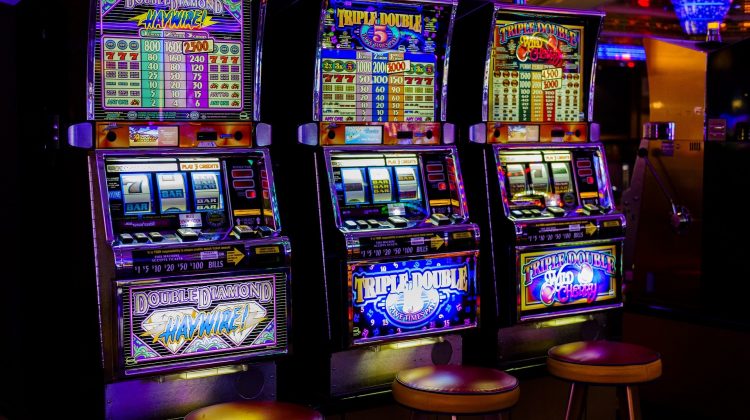

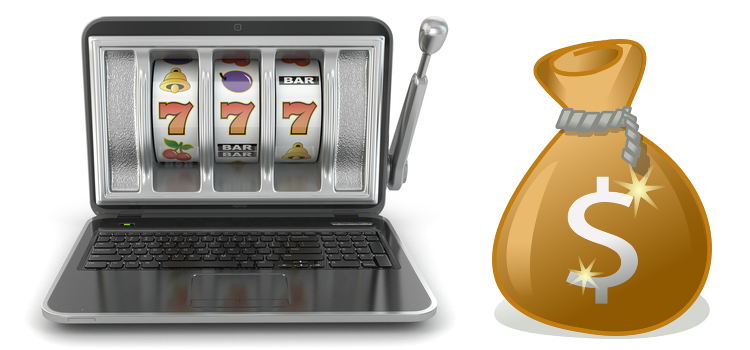

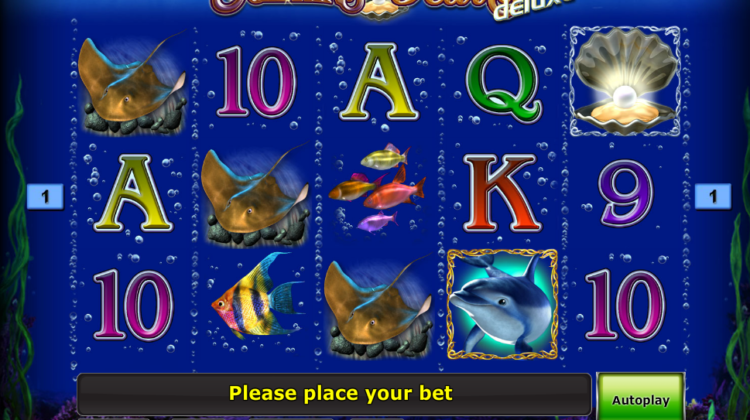


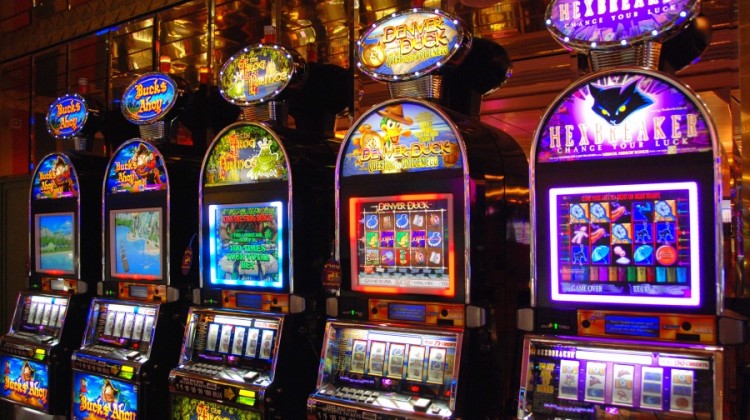
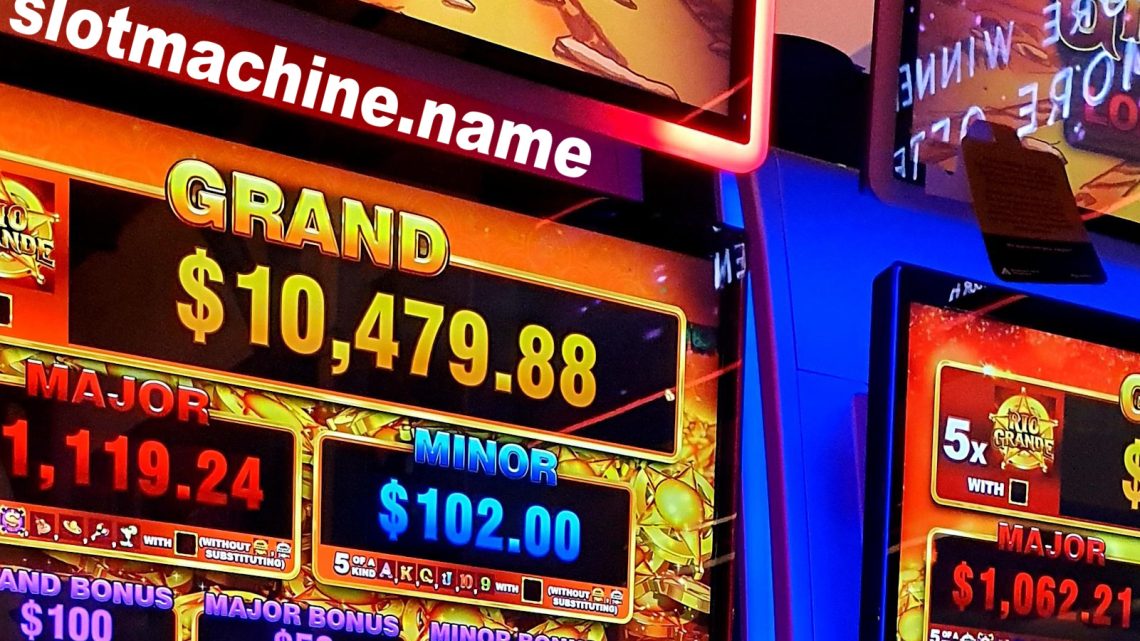
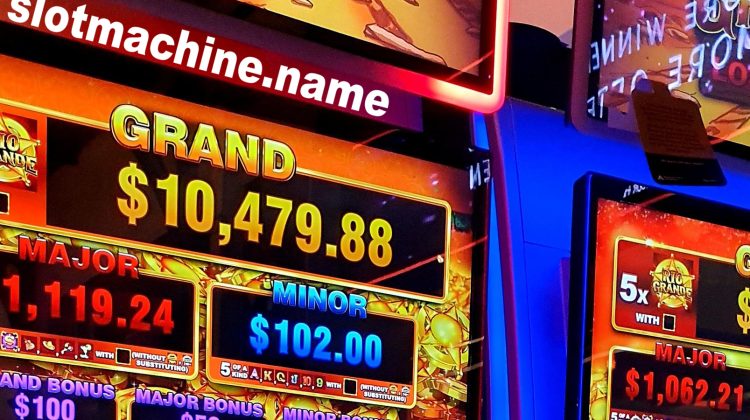
[…] are a few Pai Gow poker tips that can help you tackle the […]